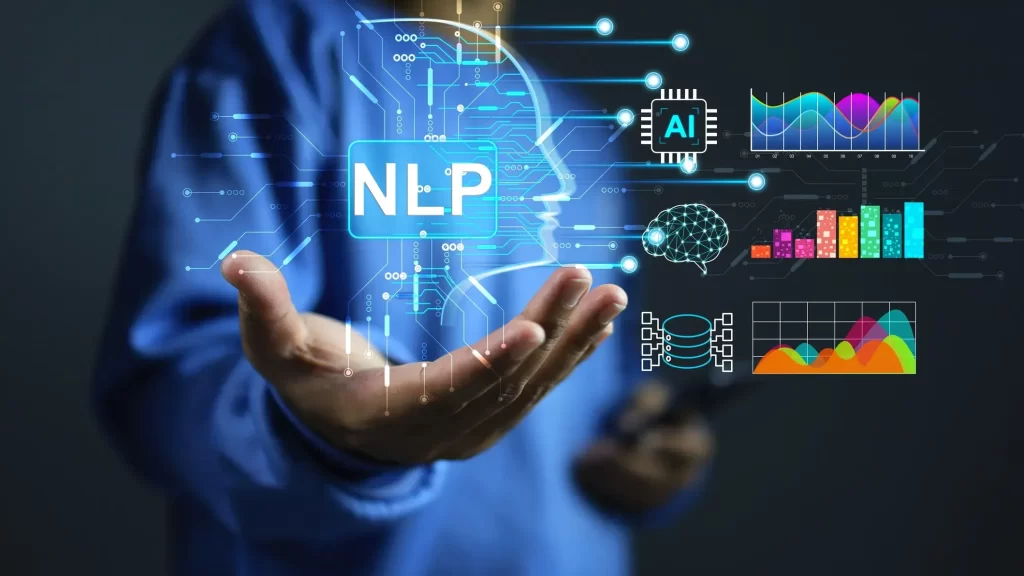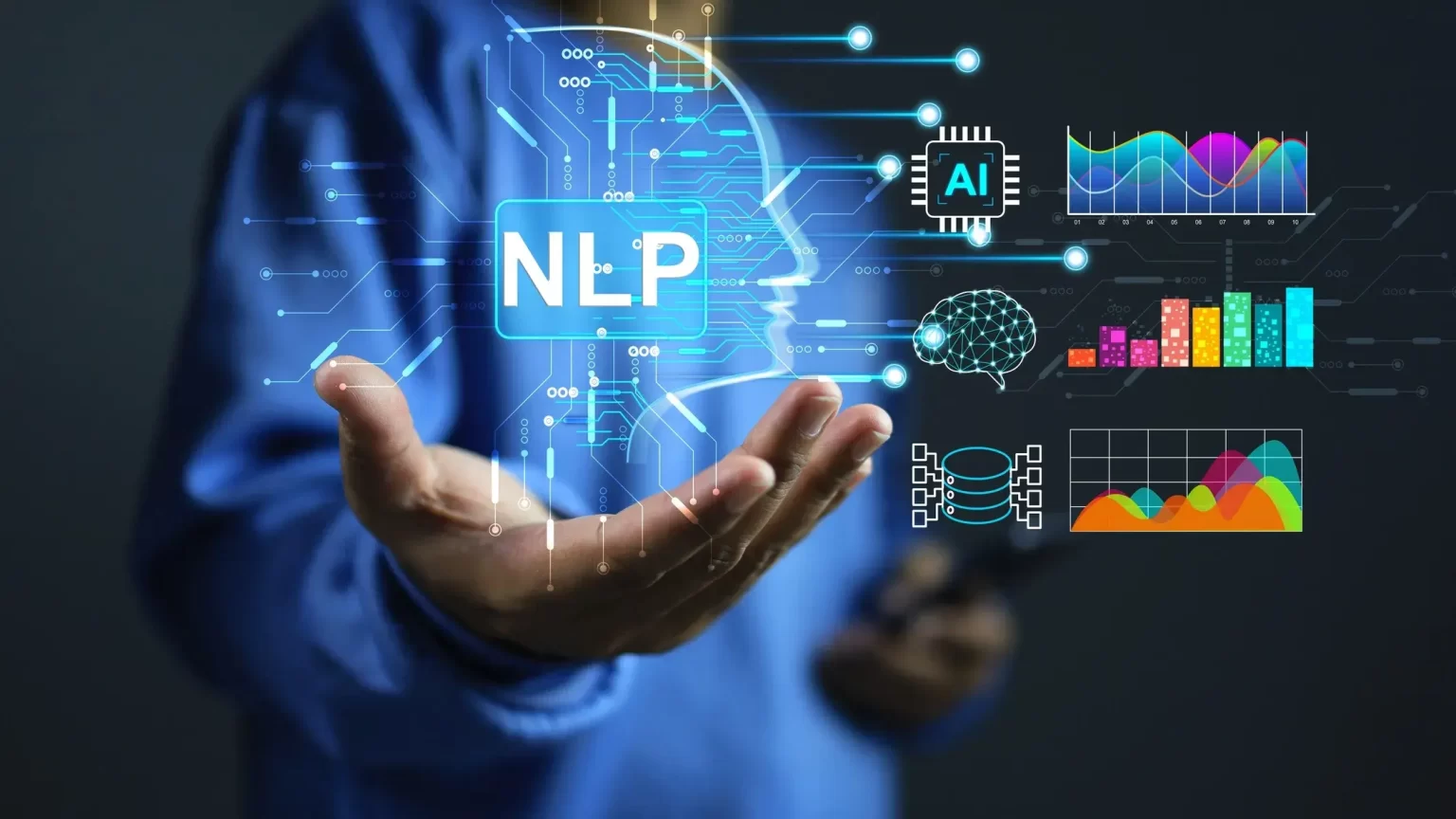
In today’s data-rich workplace, Human Resources (HR) is evolving beyond traditional administrative functions. The growing volume of unstructured data—such as resumes, emails, chat conversations, surveys, and reviews—requires more than manual analysis. This is where Natural Language Processing (NLP) steps in. As a subfield of Artificial Intelligence (AI), NLP allows computers to understand and interpret human language, making it a valuable asset for HR professionals who want to make data-driven, strategic decisions. From automating resume screening to gauging employee sentiment, NLP is redefining the way HR operates.
What is NLP?
Natural Language Processing (NLP) refers to a set of techniques that enable machines to read, interpret, and generate human language. By leveraging NLP, organizations can unlock insights from vast amounts of text-based data that would otherwise remain unexplored. In the HR context, NLP transforms everyday tasks—like resume filtering, survey analysis, and internal communication monitoring—into intelligent, automated processes. This leads to faster, more accurate decision-making, all while reducing the administrative load on HR teams.
Resume Parsing and Candidate Screening –
One of the most practical applications of NLP in HR is resume parsing. Traditional candidate screening is time-consuming and subjective. With NLP, resumes can be automatically scanned and parsed to extract key information such as the candidate’s name, skills, work history, education, and certifications. The system then matches these attributes with job requirements and ranks candidates based on relevance. Unlike keyword matching, NLP understands the context and can recognize synonyms or related skills, such as identifying “backend developer” as relevant to a “Java developer” role. This enhances hiring efficiency and minimizes unconscious bias.
Job Description Optimization –
Writing an effective job description is an art, but NLP tools can help turn it into a science. By analyzing the language used in job listings, NLP can suggest improvements to make descriptions clearer, more inclusive, and more appealing to a diverse talent pool. It flags gendered or biased language, removes jargon, and ensures alignment with industry benchmarks. This not only attracts the right candidates but also supports your employer brand as forward-thinking and inclusive.
Chatbots for Candidate and Employee Interaction –
NLP-powered chatbots have become a staple in modern HR departments. These chatbots are capable of handling a wide range of tasks—from answering frequently asked questions about company policies to guiding job applicants through the application process. They can also collect real-time feedback from employees through conversational interfaces. By providing 24/7 assistance, these bots enhance user experience and free up HR professionals to focus on more strategic responsibilities.
Sentiment Analysis in Employee Feedback –
Understanding how employees feel is essential for building a positive workplace culture. NLP makes it possible to analyze sentiment in open-ended responses from surveys, performance reviews, or even internal communications. It detects emotional tone—positive, negative, or neutral—and identifies common themes or recurring concerns. This allows HR leaders to proactively address issues, improve employee engagement, and boost retention.
Performance Reviews and Appraisal Insights –
Performance reviews often include narrative comments that are rich in insights but difficult to analyze at scale. NLP tools can process this qualitative data to highlight strengths, areas for improvement, and potential development paths. It can also flag biased language or inconsistencies across reviews, helping HR teams ensure fair and objective performance evaluations. The result is a more data-informed and consistent approach to talent development.
Compliance and Policy Monitoring –
Maintaining compliance with company policies and industry regulations is a growing concern for HR departments. NLP tools can scan internal communications such as emails and chat logs to detect potential violations or inappropriate language. These systems can flag issues early and generate audit trails for review, thereby improving risk management and reinforcing a safe, respectful workplace environment.
Benefits of NLP for HR –
The benefits of NLP in HR are multifold. It significantly improves operational efficiency by automating repetitive tasks like resume screening and survey analysis. It brings scalability by enabling HR teams to process large volumes of data effortlessly. NLP also provides deeper insights from qualitative feedback, leading to more accurate and unbiased decisions. Additionally, it enhances the overall employee experience through intelligent communication and personalized engagement. For any HR team looking to become more strategic and data-driven, NLP is a game changer.
Challenges and Considerations –
Despite its promise, NLP must be applied carefully. One of the major concerns is data privacy—organizations must ensure that employee information is handled ethically and securely. There’s also the issue of algorithmic bias; NLP systems can inadvertently reflect biases present in their training data, leading to skewed outcomes. Therefore, it’s essential to continuously audit and fine-tune these systems. Lastly, interpretability is key; HR professionals should understand how NLP insights are generated to make informed decisions with confidence.
The Future of NLP in HR –
As NLP technology continues to mature, its role in HR will only expand. Future innovations could include real-time emotion detection during virtual meetings, career path prediction models, and personalized learning journeys based on communication patterns. These advancements will empower HR to move beyond administrative tasks and focus on strategic, people-centric initiatives. NLP is not just a tool—it’s a transformative force that’s shaping the future of work.
Conclusion –
Natural Language Processing is no longer just a futuristic concept—it’s a practical, results-driven solution already transforming the HR landscape. By enabling machines to understand and analyze human language, NLP empowers HR teams to streamline recruitment, enhance employee engagement, monitor compliance, and make more informed, data-backed decisions. While there are challenges around privacy and bias, the benefits far outweigh the risks when implemented thoughtfully. As businesses continue to prioritize people and data in equal measure, HR leaders who adopt NLP will not only improve operational efficiency but also create a more inclusive, responsive, and strategic HR function. Embracing NLP isn’t just about keeping up with technology—it’s about leading the way in building a smarter, more human-centered workplace.


